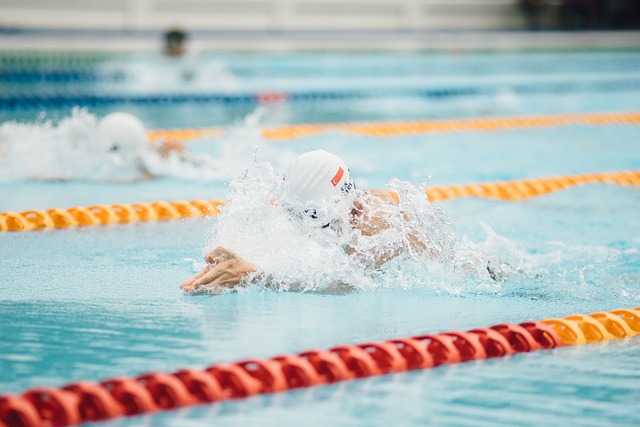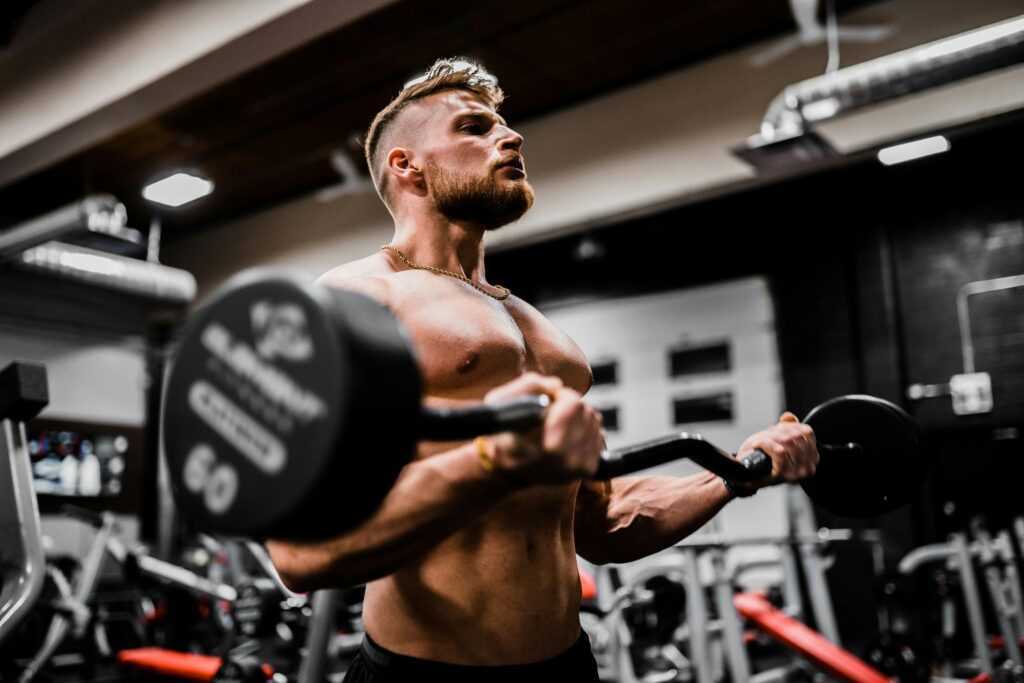When it comes to swimming, speed training is a critical component for athletes and enthusiasts alike who aspire to enhance their performance. The environment in which one trains can significantly influence their speed and technique. There are two primary venues swimmers choose for their training: the controlled setting of a swimming pool and the unpredictable nature of open water. Each environment offers distinct advantages and challenges that can impact a swimmer’s ability to develop speed — much like how choosing between platforms, whether for swimming practice or playing a mines betting app in the casino world, depends on balancing structure with adaptability for optimal results.
Understanding the Pool Environment
The pool environment offers a structured and predictable setting for swimmers. With standardized lengths, marked lanes, and controlled water temperature, pools provide an ideal venue for focused speed training. These elements allow swimmers to measure their performance consistently, making it easier to track progress over time.
In a pool, swimmers can concentrate on specific aspects of their technique, such as stroke mechanics, breathing patterns, and turn efficiency. The presence of lane lines minimizes water turbulence, enabling swimmers to maintain a steady pace without external distractions. Additionally, the presence of walls facilitates interval training, allowing swimmers to break their workouts into segments that improve their sprinting capacity.
Another advantage of pool training is its accessibility. Most communities have swimming pools, making it easier for swimmers to integrate consistent training sessions into their routines. Pools also offer a safe environment, free from the potential hazards of open water, such as strong currents and marine life. This safety aspect is particularly appealing to beginners and those who prefer a controlled setting.
Advantages of Pool Training for Speed
Pool training provides several distinct advantages for swimmers focused on speed development. Firstly, the controlled environment allows for precise control over training variables, such as distance, pace, and rest intervals. This precision is invaluable for swimmers aiming to optimize their training regimen and achieve specific performance goals.
Secondly, pools create an environment conducive to high-intensity interval training (HIIT). Swimmers can perform repetitive sprints with minimal external interference, which is crucial for developing explosive speed and power. The ability to push off walls at each turn also aids in practicing powerful starts and turns, essential skills for competitive swimming events.
Finally, the accessibility and consistency of pool training allow for regular practice, a key factor in speed improvement. Swimmers can focus on incremental improvements by consistently measuring their times and adjusting their techniques. The pool’s predictable environment ensures that external factors do not skew performance metrics, enabling accurate assessments of progress.
Exploring Open Water Training
Open water training introduces swimmers to a vastly different environment characterized by unpredictability and varying conditions. Unlike the controlled setting of a pool, open water presents natural elements such as waves, currents, and varying temperatures, which can significantly affect a swimmer’s performance and adaptability.
Training in open water is particularly beneficial for swimmers preparing for triathlons or open water competitions. It allows them to acclimate to the unique demands of swimming in lakes, rivers, or oceans. The lack of lane lines and walls challenges swimmers to maintain their speed and direction without external aids, fostering greater independence and navigation skills.
Moreover, open-water training can enhance a swimmer’s mental resilience. The unpredictable nature of open water conditions requires swimmers to adapt quickly, a skill that is invaluable during competitions. By training in these varied conditions, swimmers can build confidence and become more versatile athletes, capable of handling diverse situations during races.
Benefits of Open Water Swimming for Speed Development
Open-water swimming offers several benefits that contribute to speed development. One of the primary advantages is the opportunity to enhance endurance. The longer distances typically covered in open water training sessions build cardiovascular fitness and muscular endurance, foundational elements for sustained speed.
Another benefit is the development of a swimmer’s natural pacing ability. Without the aid of lane markers, swimmers must rely on internal cues and judgment to maintain their pace, which is crucial for maintaining speed over longer distances. This skill enhances a swimmer’s ability to strategize and manage their energy efficiently during races.
Additionally, the varied conditions of open-water swimming stimulate the development of adaptive swimming skills. Swimmers learn to adjust their strokes and breathing techniques to cope with waves and currents, which can translate into improved speed and efficiency in calmer, pool-like conditions. This adaptability can provide a competitive edge in races where conditions can change unexpectedly.
Conclusion: Finding Your Optimal Training Environment
In conclusion, both pool and open water environments offer unique benefits for speed training. By understanding the advantages and challenges of each, swimmers can make informed decisions about where to focus their training efforts. Whether aiming for technical precision in a pool or building endurance and adaptability in open water, the key is to align training with personal goals and preferences.
Ultimately, a balanced approach that incorporates both environments can lead to comprehensive skill development and improved performance. Swimmers are encouraged to explore both settings, experiment with different training strategies, and continually evaluate their progress.


 is a passionate advocate for fitness and healthy living, blending her expertise in swimming with a dedication to overall wellness. With years of experience both in and out of the pool, she offers valuable insights on effective workout routines, nutrition, and lifestyle habits that support peak performance and vitality. Rosamie’s writing is characterized by its practical advice, encouraging readers to adopt sustainable habits for long-term health and fitness. She frequently shares her personal journey and success stories to motivate others, and her articles often include actionable tips that readers can easily incorporate into their daily lives. By focusing on a holistic approach to fitness, Rosamie aims to help individuals not only achieve their athletic goals but also cultivate a balanced and fulfilling lifestyle.
is a passionate advocate for fitness and healthy living, blending her expertise in swimming with a dedication to overall wellness. With years of experience both in and out of the pool, she offers valuable insights on effective workout routines, nutrition, and lifestyle habits that support peak performance and vitality. Rosamie’s writing is characterized by its practical advice, encouraging readers to adopt sustainable habits for long-term health and fitness. She frequently shares her personal journey and success stories to motivate others, and her articles often include actionable tips that readers can easily incorporate into their daily lives. By focusing on a holistic approach to fitness, Rosamie aims to help individuals not only achieve their athletic goals but also cultivate a balanced and fulfilling lifestyle.
